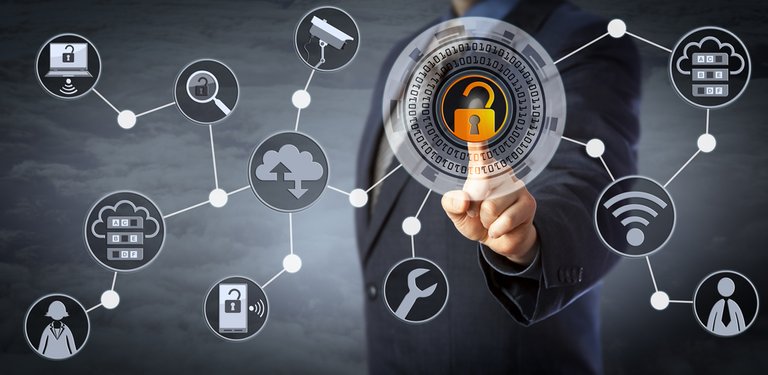The recent Equifax data breach and a string of ransomware attacks in Europe have raised several questions around cybersecurity. And, arguably, one of the most important questions is how businesses and FIs prepare to respond to the next cyberattack.
The November edition of the PYMNTS Faster Payments Tracker™, powered by NACHA, examines the latest efforts by businesses and governments to make faster payments both more widely accessible and secure.
News from around the world of Faster Payments:
As peer-to-peer (P2P) payments continue their rise in popularity, a recent development enables users to make P2P payments using voice commands. The most recent iOS 11 and watchOS 4 software updates from Apple enable Apple Pay users to make P2P payments through either the Apple Messenger platform or Apple’s virtual assistant Siri. Users can simply ask Siri to send money to contacts, with funds withdrawn from a virtual debit or credit card.
And Apple isn’t alone making P2P payments noise. In India, Google’s latest mobile wallet is also creating a buzz. The new service, called Tez, allows users in the country to send money to businesses and contacts. It also offers an audio QR function enabling users to transfer money by transmitting data embedded into ultrasonic frequencies instead of using bank accounts or phone numbers.
Meanwhile, in its latest effort to further develop and craft the U.S. faster payments system, the Federal Reserve named 27 members to its new Governance Framework Formation Team. The new team will focus on developing a framework to study and find opportunities to improve the faster payments system, with the goal of delivering changes by 2020.
For all the latest notable recent Faster Payments headlines, check out the latest Tracker.
Training IT professional for real-time, real-life cybersecurity threats
The Department of Homeland Security observes October as National Cyber Security Awareness Month. But, for businesses, banks and other organizations, cybersecurity is a year-round concern that doesn’t become less serious with the changing of the leaves.
To help organizations not only remain aware but also learn how to respond to a cyberattack as it unfolds, the non-profit Financial Services Information Sharing and Analysis Center (FS-ISAC) hosts simulated drills to prepare IT professionals for how to respond to an unfolding cyberattack. For this month’s Tracker feature story, FS-ISAC CEO Bill Nelson spoke with PYMNTS about how the drills teach these IT professionals to flex “the muscle memory” of what a real-life crisis is like.
Find the story in the latest edition of the Faster Payments Tracker.The recent Equifax data breach and a string of ransomware attacks in Europe have raised several questions around cybersecurity. And, arguably, one of the most important questions is how businesses and FIs prepare to respond to the next cyberattack.
The November edition of the PYMNTS Faster Payments Tracker™, powered by NACHA, examines the latest efforts by businesses and governments to make faster payments both more widely accessible and secure.
News from around the world of Faster Payments:
As peer-to-peer (P2P) payments continue their rise in popularity, a recent development enables users to make P2P payments using voice commands. The most recent iOS 11 and watchOS 4 software updates from Apple enable Apple Pay users to make P2P payments through either the Apple Messenger platform or Apple’s virtual assistant Siri. Users can simply ask Siri to send money to contacts, with funds withdrawn from a virtual debit or credit card.
And Apple isn’t alone making P2P payments noise. In India, Google’s latest mobile wallet is also creating a buzz. The new service, called Tez, allows users in the country to send money to businesses and contacts. It also offers an audio QR function enabling users to transfer money by transmitting data embedded into ultrasonic frequencies instead of using bank accounts or phone numbers.
Meanwhile, in its latest effort to further develop and craft the U.S. faster payments system, the Federal Reserve named 27 members to its new Governance Framework Formation Team. The new team will focus on developing a framework to study and find opportunities to improve the faster payments system, with the goal of delivering changes by 2020.
For all the latest notable recent Faster Payments headlines, check out the latest Tracker.
Training IT professional for real-time, real-life cybersecurity threats
The Department of Homeland Security observes October as National Cyber Security Awareness Month. But, for businesses, banks and other organizations, cybersecurity is a year-round concern that doesn’t become less serious with the changing of the leaves.
To help organizations not only remain aware but also learn how to respond to a cyberattack as it unfolds, the non-profit Financial Services Information Sharing and Analysis Center (FS-ISAC) hosts simulated drills to prepare IT professionals for how to respond to an unfolding cyberattack. For this month’s Tracker feature story, FS-ISAC CEO Bill Nelson spoke with PYMNTS about how the drills teach these IT professionals to flex “the muscle memory” of what a real-life crisis is like.
Find the story in the latest edition of the Faster Payments Tracker.
Hi! I am a robot. I just upvoted you! I found similar content that readers might be interested in:
https://www.pymnts.com/news/faster-payments/2017/information-technology-cyberattack-training/